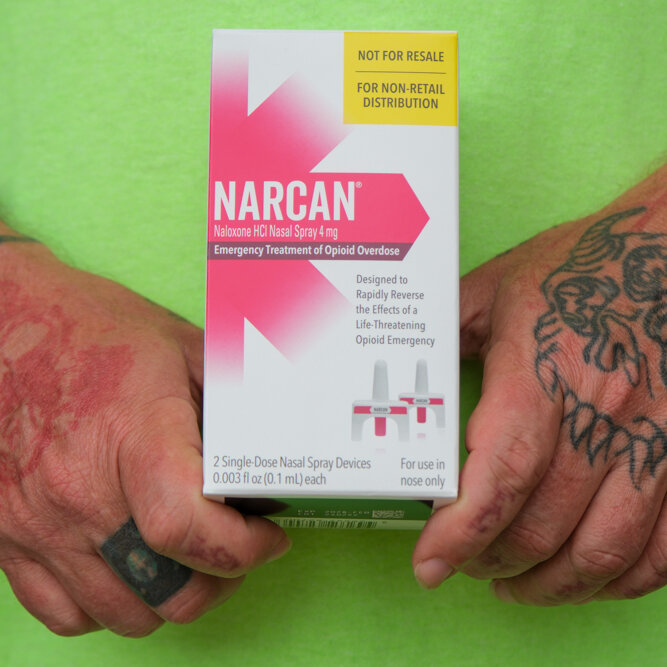Trump Budget Draft Ends Narcan Program and Other Addiction Measures
Trump Budget Draft Ends Narcan Program and Other Addiction Measures

A $56 million grant to train emergency responders and supply them with the overdose reversal spray, plus other programs that address addiction, could be eliminated.
Read the full article on NY Times Politics
Truth Analysis
Analysis Summary:
The article's claim about the potential elimination of a $56 million grant for Narcan and addiction programs is partially verifiable. While the provided sources do not directly confirm the specific $56 million cut, they do discuss budget proposals and the opioid crisis. There appears to be a moderate bias due to the framing of the potential cuts without providing a broader context of the overall budget.
Detailed Analysis:
- Claim:** "A $56 million grant to train emergency responders and supply them with the overdose reversal spray, plus other programs that address addiction, could be eliminated."
- Verification Source #1: This source is the FY2025 budget document. It is a lengthy document and a specific search for "$56 million" or "Narcan" does not yield immediate results. *Fails to cover* the specific $56 million grant mentioned.
- Verification Source #2: This source discusses the Trump administration's efforts to combat drug addiction, but it is from 2017 and *fails to cover* the proposed 2025 budget cuts.
- Verification Source #3: This source discusses strategies for addressing the opioid epidemic but *fails to cover* the specific budget cut mentioned in the article.
- Verification Source #4: This source discusses CBP's role in combating fentanyl but *fails to cover* the specific budget cut mentioned in the article.
- Verification Source #5: This source is a continuing resolution bill, which *fails to cover* the specific budget cut mentioned in the article.
Supporting Evidence/Contradictions:
- The provided sources do not directly support or contradict the specific claim about the $56 million Narcan grant being eliminated. The White House budget document (Verification Source #1) is the most relevant, but a detailed search would be required to confirm or deny the claim, which is beyond the scope of this analysis.
- The other sources (Verification Source #2, #3, #4, #5) provide context about the opioid crisis and past efforts to combat it, but they do not address the specific proposed budget cuts mentioned in the article.
- Without further information, it is difficult to assess the factual accuracy of the claim beyond stating that the provided sources do not directly verify it.
